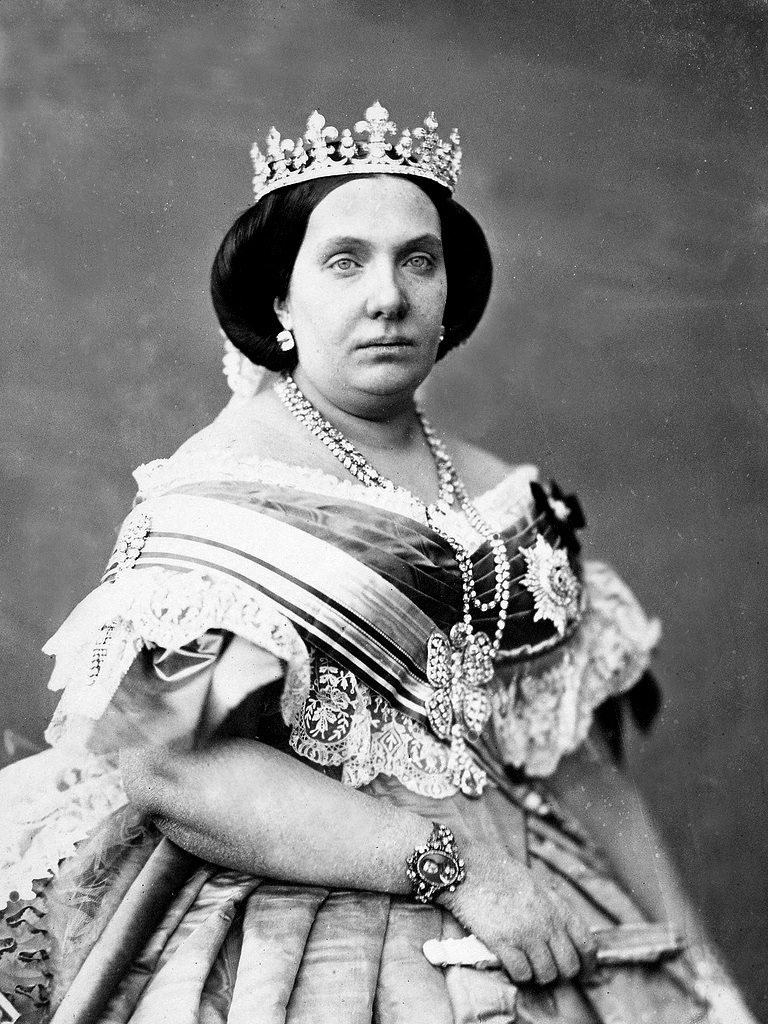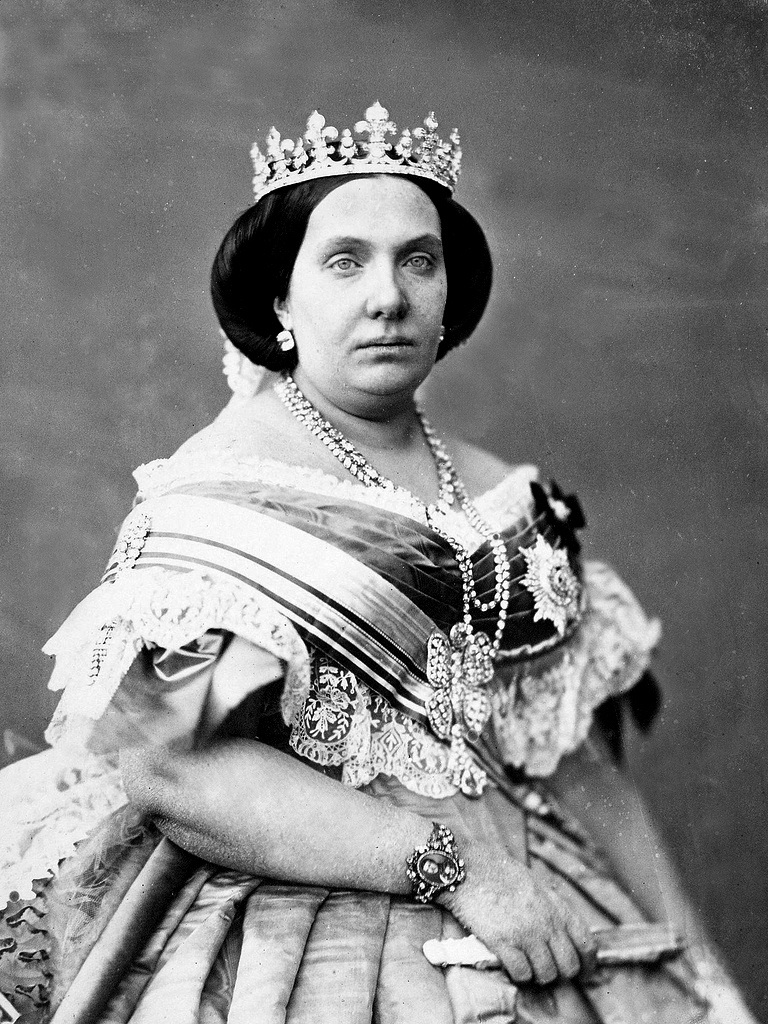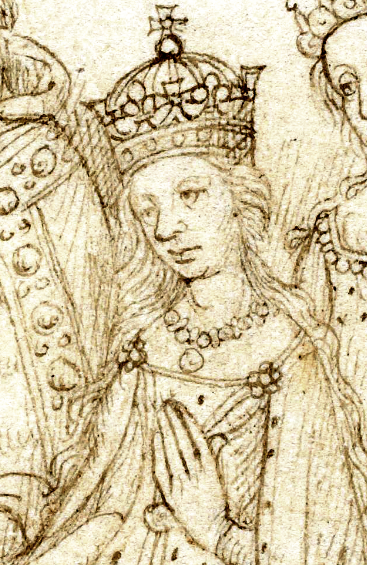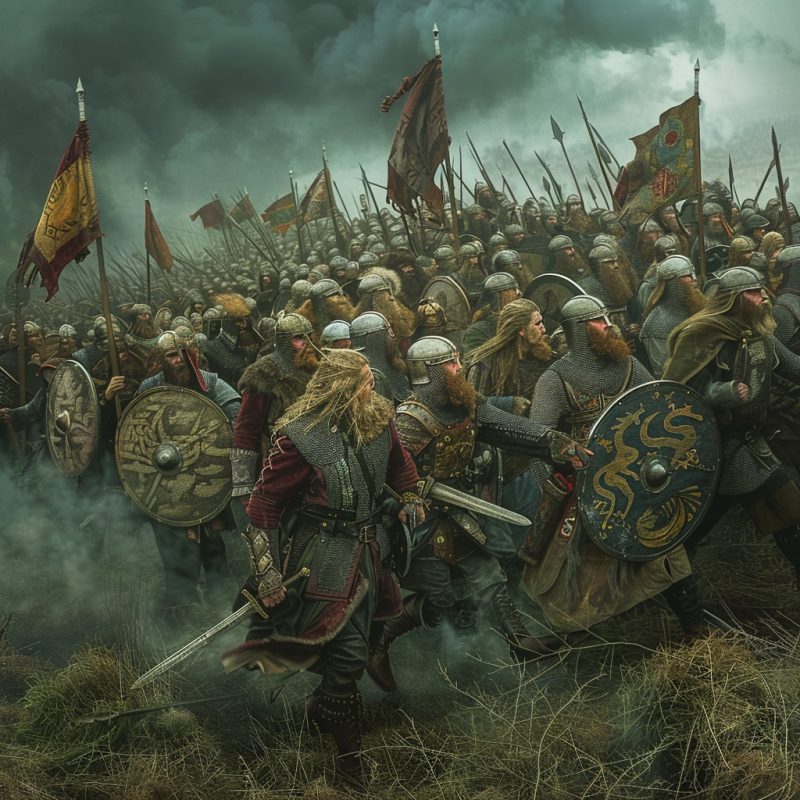Explore the life and reign of Isabella II of Spain. Discover the political turmoil, social unrest, and legacy of one of Spain’s most controversial queens.
Born on October 10, 1830, in Madrid, Isabella II ascended to the throne of Spain at the tender age of three. Her reign, from 1833 to 1868, was marred by political instability, societal discord, and severe threats to her power.
Despite the disputes related to her rule, Isabella II continues to hold significance in Spanish history. This piece, focusing on the life, rule, and legacy of Isabella II of Spain, is tailored around the keyword “Isabella II of Spain.”
Isabella II of Spain’s Early Life and Ascendance to the Throne
Isabella II, who ruled Spain, was born to King Ferdinand VII and his fourth spouse, Maria Christina of the Two Sicilies. Her birth held substantial anticipation and political importance, especially as her father’s health was declining and questions about succession were becoming critical. The birth of a female heir set the stage for the Carlist Wars, which would become the primary focus of the initial years of her rule.
Ferdinand VII’s death in 1833 led to Isabella’s proclamation as queen by her mother, Maria Christina, who was serving as regent. This era was characterized by political instability due to power struggles among different factions within Spain. The Carlists, who were allies of Don Carlos, Ferdinand’s brother, disputed Isabella’s claim to the throne, triggering a civil war that lasted for decades.

Carlist Wars and Regency
The Carlist Wars, which took place in the periods of 1833-1840 and 1846-1849, were driven by major ideological disagreements. The Carlists, who leaned more towards conservatism and traditionalism, were against Isabella’s rise to power and pushed for the reestablishment of an absolute monarchy under Don Carlos. Conversely, the Liberals supported Isabella, viewing her rule as a chance to implement constitutional changes and bring Spain into modernity.
Serving as regent, Maria Christina allied with the Liberals, igniting the First Carlist War. Despite the ultimate victory of the Liberals, the conflict caused a division in Spain and damaged its economy. In 1840, Maria Christina was forced to abdicate her regency in favour of General Baldomero Espartero, a renowned military leader.
Espartero’s reign was short-lived due to his autocratic style and widespread unpopularity with many political factions. In 1843, Isabella was officially declared of age and granted full royal authority at 13 years old, signifying the commencement of her direct rule.
Isabella II of Spain’s Rule and Political Struggle
Isabella II’s rule in Spain was characterized by constant changes in administration, political instability, and a prolonged clash between liberal and conservative factions. Several constitutions were enacted during her reign, mirroring Spain’s fluctuating power dynamics. Among these, the Constitution of 1845 stood out, aiming to strike a balance between royal power and constitutional governance.
In 1846, Isabella married her double first cousin, Francisco de Asís, Duke of Cádiz, primarily for political reasons to secure her status. The marriage was unfortunate and complicated her reign because it produced no male heir and was plagued by rumours and scandals. Isabella’s personal life and apparent immorality were focus points for her critics, eroding her power and public image.
The queen’s dependence on a series of unreliable and often corrupt leaders heightened the political instability. Her inability to effectively manage the conflicting interests of various factions led to regular shifts in the ministry and short-lived governments. This era of instability hindered Spain’s economic growth and sparked widespread social discontent.
Economic and Social Challenges
During her reign, Isabella II grappled with severe economic problems. Spain’s financial woes were exacerbated by the costs of the Carlist Wars, inefficient tax system, and an absence of industrialization. Compared to other European countries, Spain lags in economic advancement, with widespread poverty and inequality fueling public discontent.
Isabella’s government tackled these challenges by introducing a range of reforms, such as infrastructure projects and steps towards economic modernization. However, these policies often faced hurdles in their implementation due to political instability and corruption. The agricultural sector, which is a cornerstone of the Spanish economy, was hampered by outdated methods and recurring droughts, further exacerbating the country’s economic issues.
Spain was a country with significant social divisions. There was a huge gap between the affluent elite and the impoverished population, leading to regular tensions and uprisings. Numerous social movements advocating for workers’ rights, improved living conditions, and increased political representation emerged during Isabella’s rule. These movements often clashed with the traditional factions of Spanish society, leading to heightened instability.
The Glorious Revolution, Exile
By the late 1860s, discontent with Isabella’s administration had reached a fever pitch. Her apparent corruption, political incompetence, and the growing economic crisis sparked widespread calls for action. The crisis culminated in the Glorious Revolution of 1868, a military revolution that toppled Isabella II and brought an end to her 35-year reign.
The revolution was led by a coalition of liberal and progressive groups dedicated to establishing a more democratic and responsible government. Isabella went to France and lived in exile for the rest of her life. Her abdication signalled the start of the First Spanish Republic, a brief but turbulent period in Spanish history.
Legacy and historical significance.
Isabella II of Spain remains a contentious figure in Spanish history. Her reign, though marked by difficulties and hindrances, laid the groundwork for substantial political and social changes. Even with her imperfections, Isabella’s rule signified the gradual incorporation of constitutional governance and the modernization of the Spanish state.
Isabella’s rule is often viewed in the context of the political and social happenings that influenced it. The Carlist Wars, the recurrent political shifts, and the economic difficulties that characterized her era reflect the broader challenges that Spain underwent as it evolved from a traditional monarchy to a more contemporary and constitutional nation.
Isabella’s exile did not signify the end of her sway. Her son, Alfonso XII, was subsequently reinstated as the monarch in 1874, indicating the commencement of the Bourbon Restoration. This period ushered in a more stable and constitutional monarchy, founded on the basis established during Isabella’s tumultuous reign.
Conclusion
The life and reign of Isabella II of Spain were filled with controversy, political instability, and significant issues. She rose to power when she was still very young, confronted with a divided nation and the looming threat of a civil war. Her navigation through the intricate political environment of 19th-century Spain was often hindered by her personal scandals, economic difficulties, and civil disturbances.
Even though Isabella’s reign encountered several challenges, it was a significant period in Spanish history. This era was marked by the gradual implementation of constitutional governance, conflicts between liberal and conservative factions, and initial steps towards modernizing the Spanish state. Regardless of its inconsistencies, her legacy shows Spain’s resilience and ability to adapt amidst substantial turmoil.
Isabella II of Spain continues to be a significant figure, with her life and reign offering exclusive glimpses into the intricacies of Spanish politics and culture in the 19th century. Her story is about a queen steering through a time of change, leaving a lasting impact on the history of Spain.
*Feature Image: Jean Laurent, Public domain, via Wikimedia Commons




